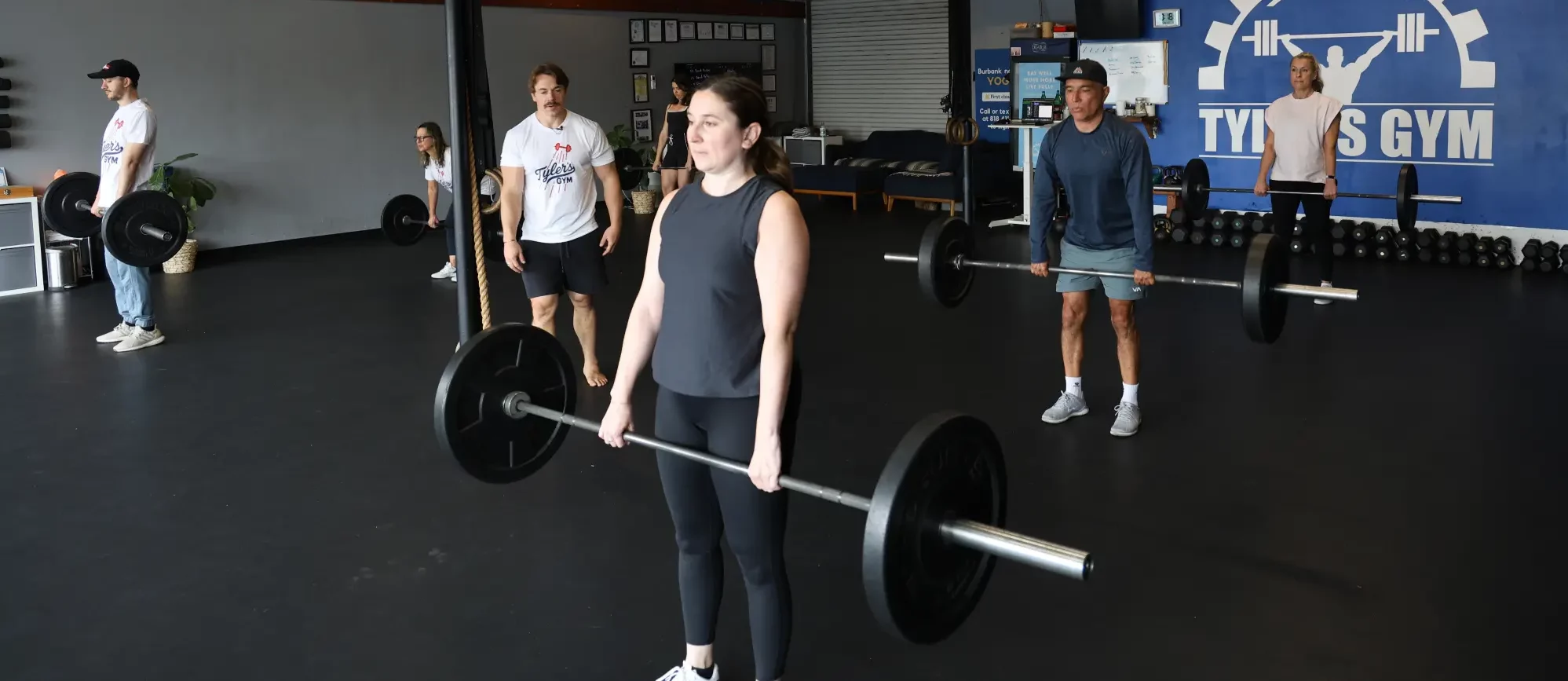I find that inspiration is the hack here. Motivation is external and fleeting. Inspiration, however, comes from within and is lasting. Inspiration comes from understanding the ‘why’ behind whatever it is you’re trying to do. So a good explanation, an environment conducive to learning and the camaraderie of likeminded folks.
The biggest obstacle I see in working with someone who spends a lot of time at their desk is the shifting of work from the pelvic floor, where it should be, to the lower back. More or less, the body is designating a new “hip” by shifting postural work to the lower back, which is approximately where the hips would be relatively speaking if the body was standing on its feet and not resting on its bum. So anything that really reminds the body that it should root all of its physical tasks *not* in the lower back — like the chair has taught it to do. Yoga works really well here!
Too hard, too much, too soon! Whether beginning or returning, folks usually miss the mark when it comes to pace.
Studies have shown that working out more than three times per week will require a break at some point. 15 years late, I’ve certainly found that to be true. Folks who worked out 2-3 times per week saw sustainable results for a very extended period to time whereas folks who worked out 5+ times a week almost always burned out at some point and stopped working out. If you have. Short-term goal, work out a bunch! However, if your desire is to look good and feel good long term, 2-3 workouts per week is the sweet spot! Adding in long walks, yoga, or a hike on the other days is a really good idea if you’re looking to do something daily!
In a more primitive setting, protein was far more infrequent, therefore, bodies could hold onto what was previously consumed for a highly extended period of time — upwards of 48 hours.
However, we live in a modern, meal dense world, where almost no one’s body is accustomed to waiting for it’s next dose of protein. Due to this, we recommend getting digested protein AROUND the time of your work. That is to say, before or after works pretty much the same. Except, a lot of us find it difficult to work out with a belly full of protein shake. So while it may not be specifically true that the body MUST HAVE protein within a certain window of time after a workout, we still recommend the ritual of a protein shake or protein dense food after each workout.
There are of course ways to lose fat quickly and just the same, there are ways to build muscle quickly. The problem with most approaches that entail a shorter timeline is that the fat loss or muscle gain are usually equally as fleeting.
Outside of being a professional athlete, folks should be pursuing better hormones, more balanced nervous systems, and more sustainable lifestyles in regards to diet and indulgences. Progress in these areas will almost always result in a simultaneous gain in lean muscle and a loss of excess fat. Moreover, because it wasn’t accomplished by adding more stress or abstinence into your family life, the results are lasting and easy to maintain.
I’d say there’s either a flaw in routine or the metrics you’re using to measure your fitness improvement. Let’s assume the routine is planned and intentional. Here’s 3 areas of improvements one can experience in fitness that might be harder to measure:
- Beyond improvements in conditioning or the ability to do work, there’s usually room for improvements in posture, position, and efficiency. Think about someone swimming in across a pool using the “doggy paddle” vs. someone with any degree of experience in swimming technique. The latter goes much further and therefore harvests more stimulus for change.
- You can’t always just expect to be able to work hard in the gym. Some of the best options for movements in exercise will require practice! You won’t directly experience improvements in your fitness from the practice but from mastering old movements and unlocking new movements!
- Everything boils down to stress. Sometimes rehearsing movements and routines so they are more familiar and in turn less stressful is worth the sacrifice in time.
Leaving out any potential harmful additives or sweeteners, bubble beverages can actually help digestion! However, in the circumstance where there’s already another digestive issue, the carbonation can potentially exasperate the problem. So if you experience discomfort beyond the need for a nice big burp or some bloating, take it as a clue that there might be an underlying issue to address!
Ignoring factors like hormonal derangement and impact from things like hydrogenated oils. Most will start to show abs at about 15%
Athletic training programs are typically between 1-3 months long with some testing between. Athletes go through a rhythm of doing a 1-3 month “cycle”, testing, then beginning another cycle addressing the feedback from the testing. For most, however, a sustainable weekly routine of 2-4 workouts is ideal. It is true that everything should have an ‘off season’ or break, but I don’t like planning those, life tends to provide/demand them!
We do a lot of private sessions with olympic lifting enthusiasts.
In our small group classes, we focus on laying the muscular/movement foundation folks need in order to perform those more advanced compound lifts.
Anything to do with joint stability. Avoiding interruption due to an injury is likely the best thing one can do to get stronger “faster” outside of the obvious need for a training program to follow. Long motionless holds are the best way to treat joint stability, but are also painful and boring. Due to this, they tend to be under recommended. Only the crazies enjoy planks.
Muscles need a certain amount of time under the tension of resistance in order to be “told to grow”. Commonly, this is between 30 and 70 seconds.
Additionally, muscles like slow releases and violent contractions. So the best place to spend that time is in the release/stretching phase (eccentric).
An example would be to take your dumbbell bench press or push ups and spend 4/5 seconds stretching, push up or tighten tighten quickly and immediately and repeat until you get into that 30-70 seconds of sustained work. Too much time in the locked out stage of the movement could interrupt this desired amount of tension so don’t linger there!
Start early with a protein dense breakfast! Or by adding collagen powder to your coffee. If you like snacking, priories protein dense foods like greek yogurt and hard boiled eggs. You can also achieve this by adding a scoop of protein into a glass of water. Remember, it’s always better to drink your proteins and eat your carbs than the other way around!

